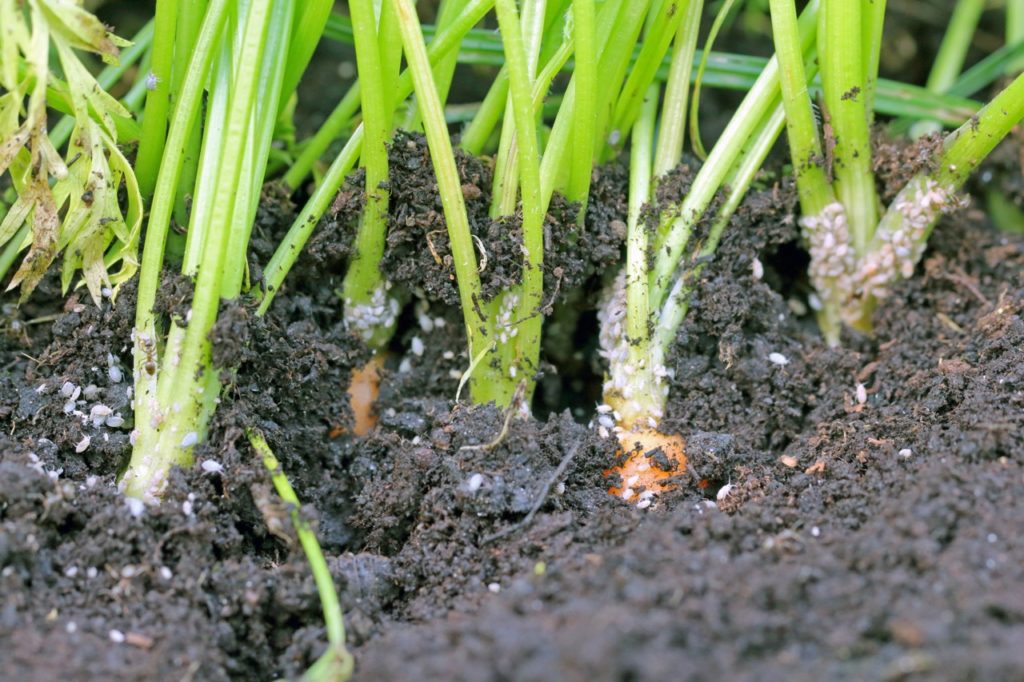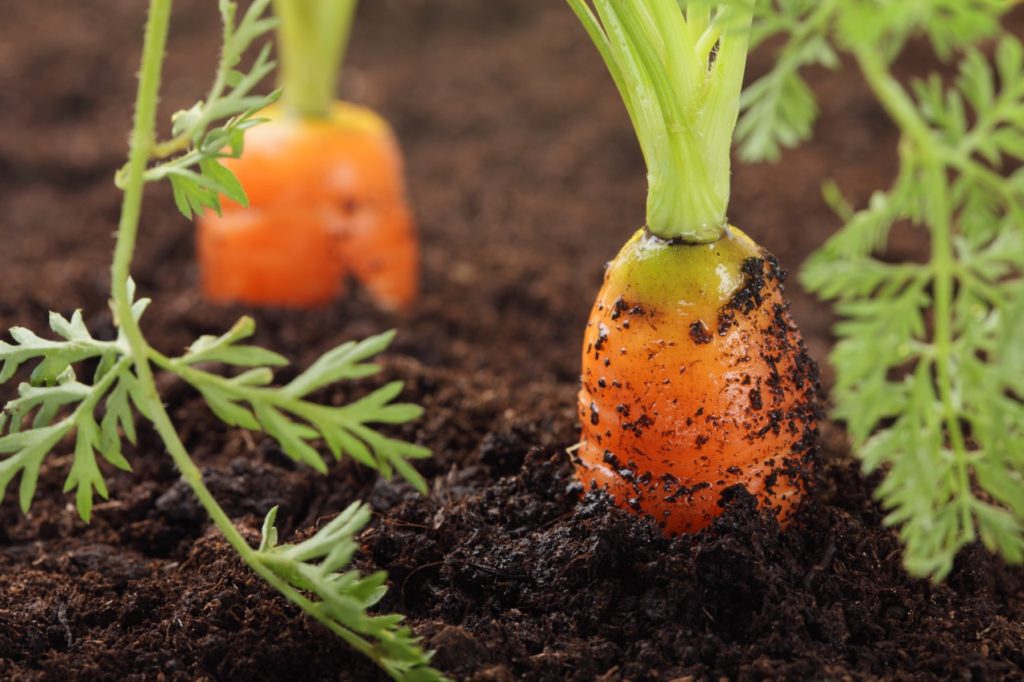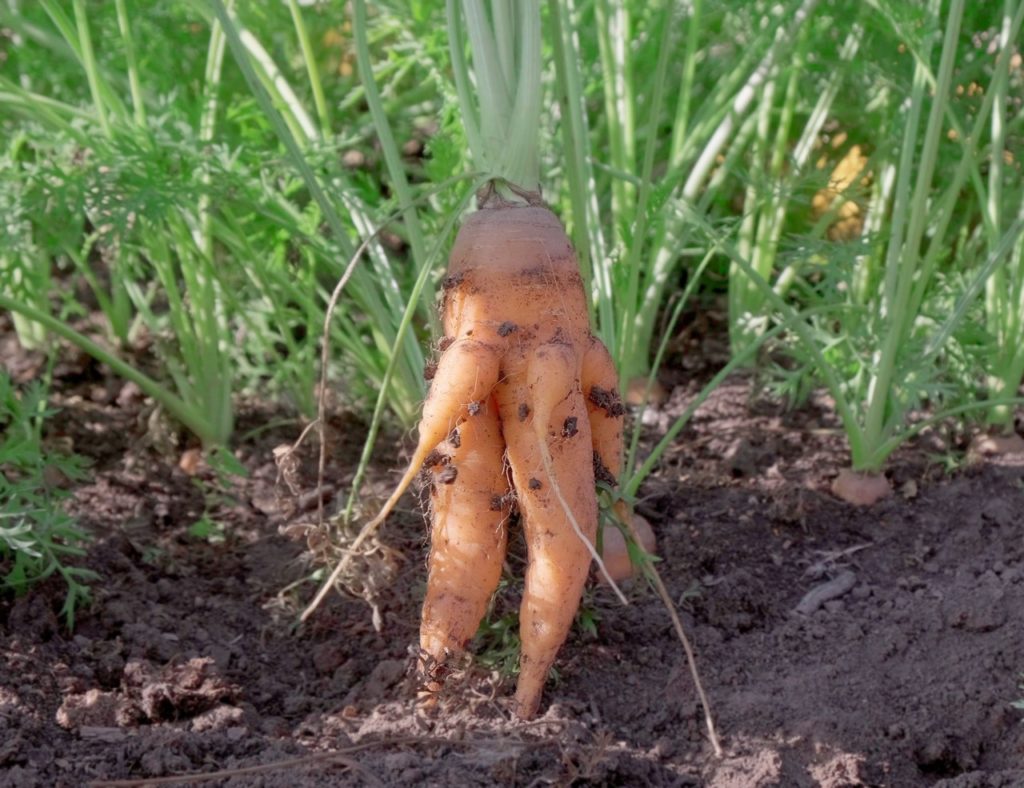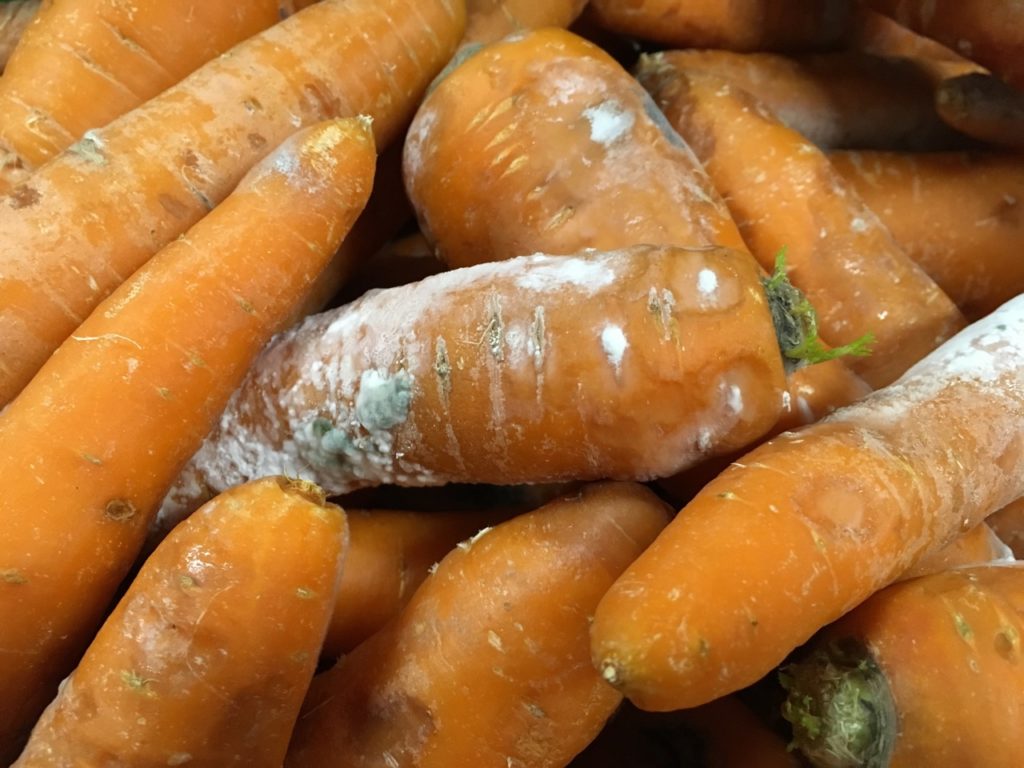Carrots Are Susceptible To These 6 Common Issues Says Ed Bowring

VEGETABLES > CARROTS > PROBLEMS

Ed is a horticultural therapist, professional gardener and writer. Ed has a BSc in Occupational Therapy from Coventry University and a Diploma in Social and Therapeutic Horticulture (DipSTH) via Thive, the RHS and Pershore College. Ed runs a community kitchen garden in West Sussex, where he leads horticultural therapy sessions.
Reviewed By PETER LICKORISH

Peter is a Horticulture Lecturer and self-employed Horticulturist, with a passion for diverse areas of the industry - from garden design to the science behind plant growth and propagation. He has completed the Royal Horticultural Society’s Master of Horticulture (MHort) Award and lectures on RHS courses at Bedford College.
IN THIS GUIDE
CARROT GUIDES
Common Problems
Container Growing
Feeding & Watering
Growing From Tops
Harvesting
Sowing
A firm favourite for home growers, carrots are a biennial vegetable but are usually grown as annuals, as they are harvested in the same season.
Carrots grow well here in the UK, although there are some pests and diseases that can try and get to your crop before you do.
The most common issues gardeners can experience when growing carrots include:
- Carrot fly
- Aphids
- Carrot tops turning green
- Carrots forking
- Stored carrots rotting
- Rodents
See our guidelines for dealing with each of these common problems below.
1) Carrot Fly
Carrot flies are possibly the biggest threat and problem for home gardeners when growing carrots.
Small and black, the adult flies don’t actually cause any damage, but the female lays her eggs in the carrots’ soil which hatch into larvae that eat the roots and lead to the carrots rotting.
Attracted by the scent of the carrots’ foliage when handled and thinned, prevention is important, as once these pests are present near your carrots, there is little to be done.

Preventative methods can include growing resistant varieties, covering the crop with a layer of fine fleece or installing barriers at a minimum height of 75cm around the growing site.
Sowing thinly can also be of benefit, as this will reduce the need for thinning the carrots.
“If you are forced to thin them, this can be done in the evening to reduce the likelihood of attracting the root fly,” Peter Lickorish, a Master Horticulturist, recommends.
You can also try growing your carrots near alliums, as these are strong smelling and said to help mask the carrots’ aroma.
2) Aphids
Aphids can also be troublesome when growing carrots and are especially prevalent during warm dry spells.

Attacking carrots, parsnips and parsley, the carrot-willow aphid feeds off the sap of the foliage, weakening the carrots and sometimes transmitting the motley dwarf virus, which can cause the leaves to turn red and stunt the carrots’ growth.
If aphids are identified, they can be controlled by squishing by hand, encouraging predators such as ladybirds and hoverflies through bug hotels and, if a severe infestation is present, the use of plant oil or fatty acid sprays suitable for edible crops.
3) Carrot Tops Turning Green
Later in the growing season or when harvesting, you may find that the tops of your carrots have turned green.

Albeit unsightly, this is nothing to worry about and has simply been caused by the top of the carrot being exposed to sunlight during the growing period.
To avoid green tops developing during the season, the carrots can be earthed up with a thin layer of soil to ensure any light can’t get to the roots.
4) Forking
Even though carrots forking isn’t caused by a pest or disease, it can still be an issue when growing carrots.
Carrots’ forking can be caused by either the ground being too stony or the level of nitrogen in the soil being too high.

Before sowing carrots, it is advisable to prepare the ground by removing any rocks or stones.
If adding any compost or well-rotted manure to the soil, make sure to do this several months prior to planting, so that the high levels of nitrogen in the manure can reduce naturally before the carrots are grown.
If you garden on particularly stony soil, it can be advisable and less laborious to grow carrots in pots or containers, as the soil can be chosen to specifically suit them and be stone free to prevent any forking.
The forking of carrots thankfully doesn’t affect their quality or taste so they can be eaten as normal, but it may mean that they are slightly trickier to peel and prepare.
5) Sclerotinia Rot
Usually affecting only stored carrots after harvesting, sclerotinia rot is a fungal disease encouraged by wet weather, but it can sometimes attack a crop whilst still growing.
If stored carrots are affected, the carrots develop a white fluffy mould which effectively destroys the crop.
If this fungal disease attacks a crop whilst still in the soil it can lead to the foliage and tops turning yellow and subsequently rotting.

“Raised beds are a good place to grow carrots, as they can lift the plants above the flight path of the carrot fly and improve drainage, which helps avoid other problems relating to rot,” says Peter.
“I like to recommend the cultivar ‘Flyaway’ for carrot fly resistance, as it’s virtually unforgettable!”
Although uncommon for the home grower, if sclerotinia rot is identified in the garden, the carrots and any diseased material must be lifted and destroyed as there are no treatments available for home growers.
Crop rotation should be practised to prevent this from happening in your future harvests.
6) Rodents
All sorts of furry critters will want to eat your carrots, and in this instance, prevention is definitely the best option.
Keep your garden tidy, making sure to not leave piles of wood or other material that rodents can nest in.
Erecting a barrier around your carrots is another good way to prevent their premature demise.
Many options are available, and the best ones will vary depending on the specific rodent visitation you’re experiencing.
